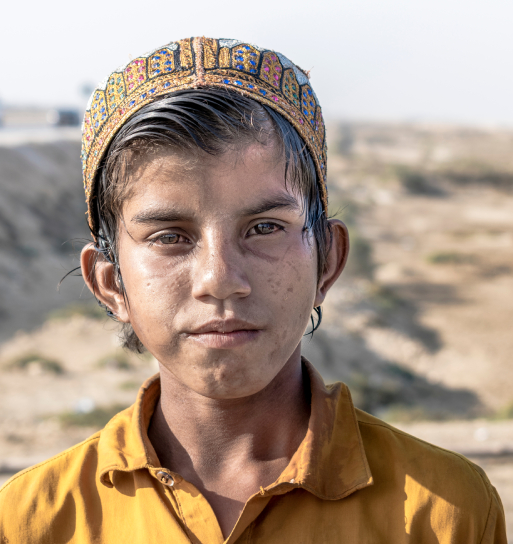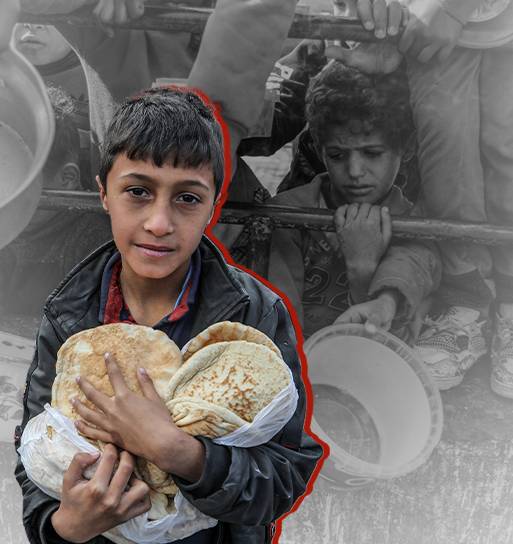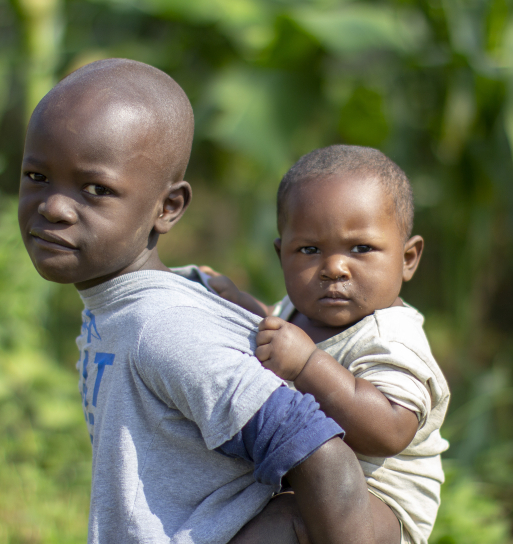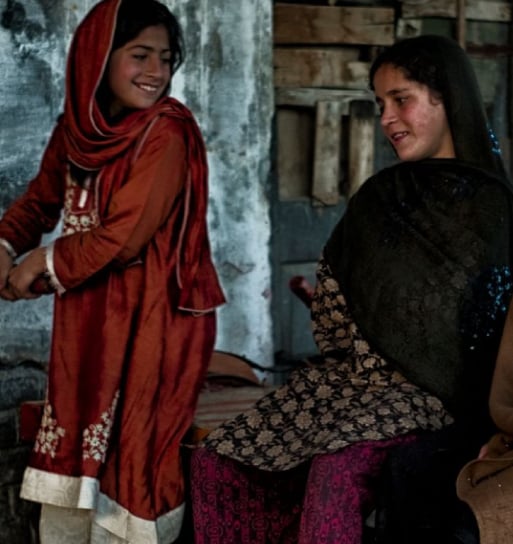Winter emergency balochistan – pakistan
Baluchistan is the most underdeveloped province of Pakistan. According to Census 2017, the region has a population of over 12.34 million. By geographical area, it is the largest province of the country, and hence density is too low i.e., 35.5 persons per square kilometer. According to National Disasters Consortium (2019), Baluchistan has the second-highest incidence of multidimensional poverty in Pakistan (after the FATA region). Overall, 71% of the population in Baluchistan is multi-dimensionally poor; the rural community is 85%, and the urban population is 38% multi-dimensionally sparse.
According to the Pakistan Bureau of Statistics Labor Force Statistics for 2017-2018, 45% of Baluchistan’s population is illiterate (30% males and 63% females). The illiteracy rate is higher in rural areas compared to urban areas (50% of the population is illiterate in rural and 32% in urban areas).

The province of Baluchistan is prone to multiple hazards, including earthquakes, floods, and drought. Archives from Provincial Disaster Management Authority (PDMA) Baluchistan reveal that severe earthquakes occurred in Ziarat in 2008, in Washuk in 2013, and Awaran in 2013. Similarly, there were severe floods in the province in 2010, 2011, and 2013. However, since 2016, drought/drought-like conditions have been prevailing in several districts of Baluchistan, which have impacted livelihood and food security in those districts. Mainly, drought has been a recurring phenomenon in the western and central districts of the province.

Rains and snowfall of an extreme nature in Baluchistan is an anomaly that was experienced around 12 years ago. Starting from January 13, 2020, strong westerly waves in Baluchistan province caused heavy rain and snowfall in 14 districts. The snow continued for almost three days. According to Pakistan Metrological Department, the snowfall in region Ziarat only on January 14, 2020 (24 hours) was 30 inches. According to PDMA, the heavy snow in Baluchistan has broken a 50-year record. Extreme snowfall blocked almost all roads and damaged houses (mostly mud-houses), energy infrastructure, communication, health, and educational facilities, agriculture, and livelihood. According to initial reports shared by the offices of relevant Deputy Commissioners and PDMA, the snowfall has affected at least 136,836 households, roughly a population of around 1.1 million. According to PDMA, the majority of the affected people live in mud houses, so there is a high probability that their homes may have been damaged either partially or entirely by the heavy rain and snowfall. the majority of the population depend upon livestock as their primary source of livelihood, so, it has been estimated that 382,386 animals have been affected by the recent snow and heavy rain.
Since 2019, Muslim Aid (MA) is operational in Baluchistan and has implemented multiple projects in districts of Nushki, Chagai, Kharan Killah Abdulla, and Pishin. Currently, MA is implementing two main projects in areas of Chagai and Killah Saifullah. During the implementation of these projects, MA has maintained good coordination and working relationship with PDMA and have successfully secured NOCs and have also signed an MOU with the concerned authority.
Muslim Aid USA Distributed winter emergency kits.








